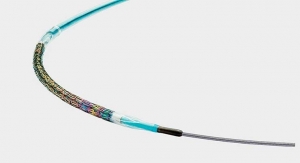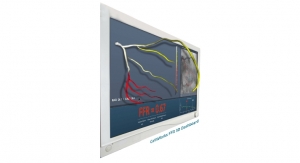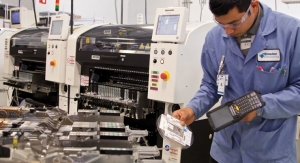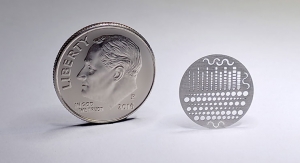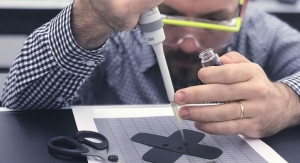Videos
Cardiac Stent Feature Trailer 2019
Cardiac Stent Feature Trailer 2019
New polymers and design improvements are defining the next generation of coronary stents.
By Michael Barbella, Managing Editor03.11.19
Coronary stents have evolved significantly since their birth in the 1980s.
Originally developed to overcome the limitations of angioplasty, the first stents were bulky and technically challenging to use. Oftentimes, they failed to deploy properly and resulted in a re-narrowing of the affected artery. In 1993, two landmark trials—the Belgium Netherlands Stent Arterial Revascularization Therapies Study (BENESTENT) and the North American Stent Restenosis Study (STRESS)—showed the benefits of bare metal stents over balloon angioplasty only. These studies helped coronary stents become an accepted standard of care for percutaneous coronary intervention (PCI) and eventually led to a dramatic increase in their use through the 1990s. By the end of the decade, stents were used in nearly 85 percent of PCI procedures, according to industry data.
Drug-eluting stents (DES) emerged in the early part of the millennium to reduce the need for revascularization and high restenosis rates associated with their bare-metal predecessors. And while DES have been refined significantly over the past 17 years, technological advancements are still ongoing, resulting in such innovations as DES with biodegradable polymers, polymer-free DES, and DES with novel coatings.
Read the full article here.
Originally developed to overcome the limitations of angioplasty, the first stents were bulky and technically challenging to use. Oftentimes, they failed to deploy properly and resulted in a re-narrowing of the affected artery. In 1993, two landmark trials—the Belgium Netherlands Stent Arterial Revascularization Therapies Study (BENESTENT) and the North American Stent Restenosis Study (STRESS)—showed the benefits of bare metal stents over balloon angioplasty only. These studies helped coronary stents become an accepted standard of care for percutaneous coronary intervention (PCI) and eventually led to a dramatic increase in their use through the 1990s. By the end of the decade, stents were used in nearly 85 percent of PCI procedures, according to industry data.
Drug-eluting stents (DES) emerged in the early part of the millennium to reduce the need for revascularization and high restenosis rates associated with their bare-metal predecessors. And while DES have been refined significantly over the past 17 years, technological advancements are still ongoing, resulting in such innovations as DES with biodegradable polymers, polymer-free DES, and DES with novel coatings.
Read the full article here.
Related Searches:


